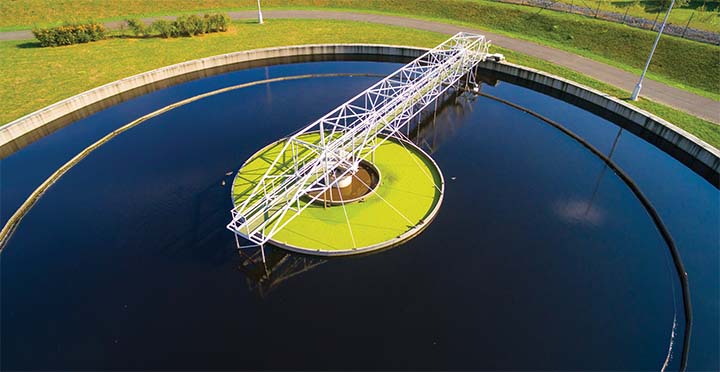By Mac Irvine, Waste and Bioenergy Lead, Clean Energy Finance Corporation
Australia’s recycling and resource recovery sector is undergoing major transformation, driven by global market pressures. A new Clean Energy Finance Corporation (CEFC) report has identified an upside to this upheaval: a potential investment pipeline worth billions of dollars.
Developed by the CEFC with global engineering and consultancy leader Arup, Energising resource recovery: the Australian opportunity analyses the role of the sector in Australia’s transition to a low emissions economy.
It found scope for significant growth, estimating the sector has the potential to reduce landfill emissions by as much as 60 per cent based on current forecasts and help abate more than 3 million tonnes of carbon dioxide equivalent of methane emissions from landfill every year.
In addition to these important environmental outcomes, a thriving waste recovery sector can deliver substantial economic benefits.
New and expanded infrastructure for these projects in Australia could generate between $4 billion and $7.8 billion in new investments in the period up to 2025, creating up to 9,000 construction jobs, 2,600 indirect jobs and as many as 1,400 direct and ongoing jobs across Australia.
The announcement by China in 2017 of its National Sword policy, which dramatically reduced the contamination thresholds for imported solid waste from 5 per cent to 0.5 per cent impurities, put global reliance on international waste commodity markets under the spotlight.
The disruption that followed galvanised an Australian push fora more circular and sustainable approach to waste management, with responsibility for waste materials and resource recovery moving to the domestic economy.
Since then, there has been significant government investment and policy development to support the sector. However, the looming possibility of a further China ban on the import of all solid waste points to an urgent need for this work to continue.
Emerging constraints on landfill capacity around Australia’s metropolitan centres and increasing landfill levies are clear commercial drivers for thermal energy recovery infrastructure.
According to the report, there is a need for strong investment in recycling and resource recovery infrastructure to help meet Australia’s climate targets.

On behalf of the Australian Government, the CEFC has committed more than $400 million to the bioenergy, recycling and energy from waste sectors, with a total investment value of $1.7 billion.
The CEFC also operates the Australian Recycling Investment Fund, with access to $100 million in CEFC finance to invest in commercial, large-scale projects which use clean energy technologies to support the recycling and resource recovery sector and the broader circular economy.
According to the new CEFC analysis, the areas with the strongest investment potential are in large-scale thermal energy from waste facilities, which have the potential to reduce significant volumes of waste going to landfill while generating energy.
Other significant opportunities are in processing organics from municipal solid waste generated by households and refuse-derived fuel facilities.
Thermal energy from waste is also a rapidly maturing infrastructure and technology option in Australia for the treatment of residual waste
to create clean energy as well as reduce emissions by diverting waste from landfill.
One of the most exciting aspects of the sector is its diversity and adaptability to meet Australian markets, needs and contexts. The bioenergy and waste sectors include a broad range of feedstocks, technologies and end uses.
For example, recycling is benefitting from the renewed focus on domestic opportunities and recovering more value for Australia. There is also an increased focus on source-separation of organic waste which creates the opportunity for expanded infrastructure, including anaerobic digestion and composting, supporting emissions reduction by diverting organic waste from landfills.
Bioenergy technologies like anaerobic digestion are also a very flexible energy source capable of producing clean energy. These technologies can support the decarbonisation of harder to abate sectors such as industry and manufacturing.
While the complexity of the sector may pose some challenges for potential investors and project proponents, international experience should give investors confidence that we can capture these opportunities in both metropolitan and regional Australia.
Factors critical to project success include appropriate feedstock supplies, careful site selection, a clear commitment to community engagement and importantly, the social licence to operate in the community.
Ensuring investment in mature and proven technologies, complemented by a commercial approach to infrastructure delivery and operation to underpin long-term performance, are vital to establishing an industry that can contribute so positively to Australia’s emissions reduction.













